In human history, 2020 was a difficult year. The coronavirus pandemic had and still has a strong impact on our lives. We are still struggling. Healthcare and well-being, as well as conventional and complementary medicine, were two of the most significant factors throughout this time.
Vaccines were developed as a possible solution to the coronavirus pandemic, but their potential side effects have caused some individuals to disconsider this option. In this article, we will discuss the COVID-19 vaccination adverse effects as well as some tips and tactics for relieving COVID-19 vaccine symptoms, with ozone therapy being one of the most effective complementary medicine treatments.
Fighting an infection
To understand the side effects of COVID-19 vaccinations, it is essential to first understand how Covid – 19 vaccines work. In order to do so, we must first understand what happens in our bodies when we get infected with a virus.
Every time germs invade our bodies, such as the virus that causes COVID-19, they produce infections attacking healthy cells, turning into what is known as a disease. To combat infection, our immune system uses more than one strategy. Red blood cells provide oxygen to tissues and organs, whereas white blood cells known as immune cells, combat illness.
When a person is infected with the virus that causes COVID-19 for the first time, it might take several days or weeks for their body to produce and use all of the germ-fighting mechanisms needed to recover. After that, the immune system is capable of remembering how to defend the body against that infection if it shows up in the future. Why does it happens like that? Well, the T-lymphocytes known as “memory cells” are preserving the “blueprints” of the antibody, our natural “immunity weapons”. If the body comes again into contact with the same type of virus, the production of the “immunity weapons” starts and antibodies are produced by B-lymphocytes when recognizing familiar antigens.
Understanding how vaccines work
Different types of vaccines can protect the body in different ways. Simplifying the process, vaccines offer a supply of “memory cells” (T-lymphocytes and B-lymphocytes), which will remember how to fight the virus in the future. The body normally produces these cells a few weeks following immunization. As a result, a person might present the signs of the infection with the virus before or shortly after immunization.
The 3 types of COVID-19 vaccine
There are three major types of COVID-19 vaccines that have received emergency authorisation. All of them are currently in the 3rd phase of testing:
1. mRNA vaccines: Pfizer-BioNTech or Moderna. The mRNA will enter the muscle cells and instruct the cells’ machinery to produce a piece of what is called the spike protein. The spike protein is found on the surface of the virus that causes COVID-19. Next, our cells display the spike protein piece on their surface. Our immune system recognizes that the protein does not belong there. This should trigger our immune system to produce antibodies and activate the immune cells to fight off what it thinks is an infection. At the end of the process, our bodies might have learned how to protect against future infection from the virus that causes COVID-19.
2. Protein subunit vaccines contain harmless and purified pieces (proteins) of the virus, which have been specifically selected for their ability to trigger immunity. These types of vaccines are already used for other diseases, such as hepatitis B. To make the vaccine, a small piece of the virus’s genetic code is inserted into another cell (it could be a bacterial, yeast, mammalian or insect cell). The code contains instructions for this cell to start building the virus protein. In this case, it’s the Covid-19 ‘spike’ protein, which is known to stimulate immune cells. The cells then act like factories, building large quantities of the protein. The protein is extracted, purified and used as the active ingredient in the vaccine. Some protein subunit vaccines have adjuvants. An adjuvant is a substance that helps make a stronger and longer-lasting immune response. They have been used for decades in a significant number of vaccines. Once vaccinated, our immune system recognizes that the proteins do not belong in the body and begins making T-lymphocytes and antibodies. If we will be infected in the future, memory cells will recognize and fight the virus.
3. Vector virus vaccine Johnson & Johnson contains a piece of a modified virus that is not the virus that causes COVID-19. This modified virus is called the vector virus. The vector virus cannot reproduce itself, so it cannot cause COVID-19. This vector virus gives instructions to cells in the body to create an immune response.
The side effects of the COVID-19 vaccines
1. Common symptoms after vaccination
The common vaccination side effects are natural indicators that your body might develop a protection mechanism against COVID-19. These side effects could make it difficult to do your everyday tasks, but they should disappear after a few days. If an adverse reaction happens, it usually happens within 6 weeks of getting the vaccination dose.
As a result, the US Food and Drug Administration gathered data on each of the permitted COVID-19 vaccines for at least 2 months following the final dosage during clinical testing.
.png)
 3 years ago
91
3 years ago
91
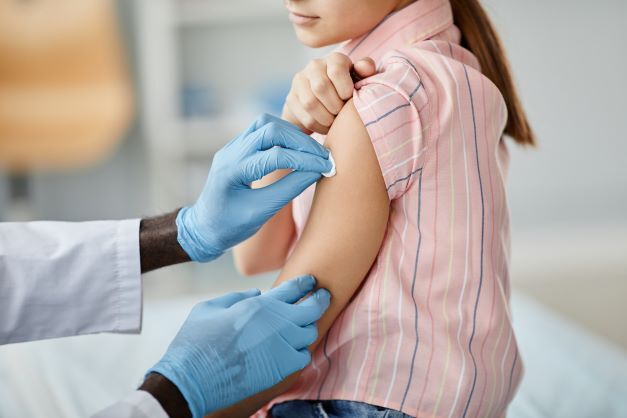
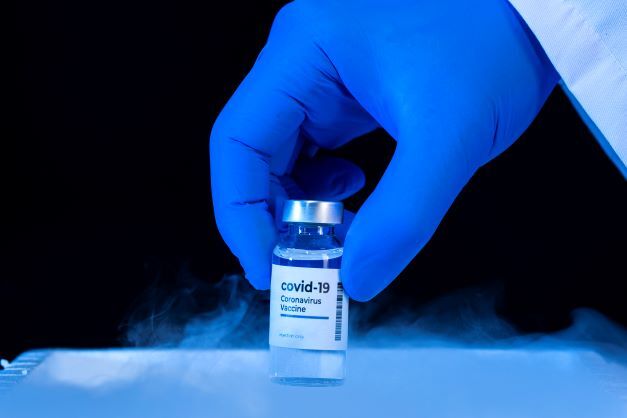
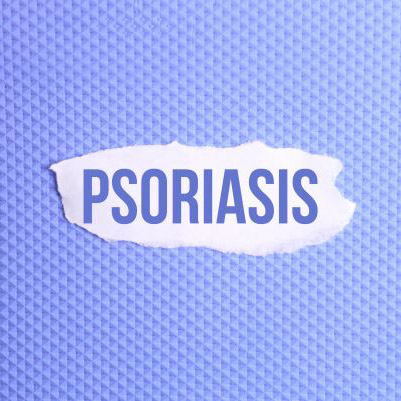
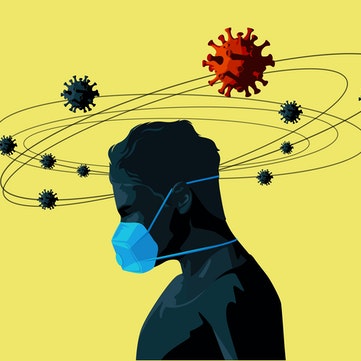
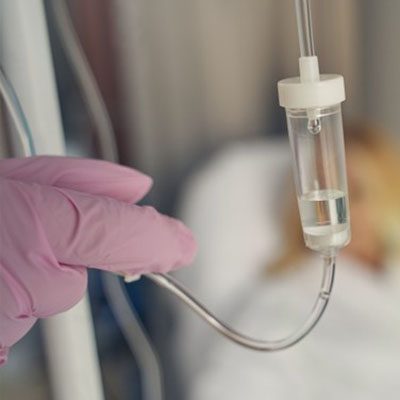





 English (US)
English (US)